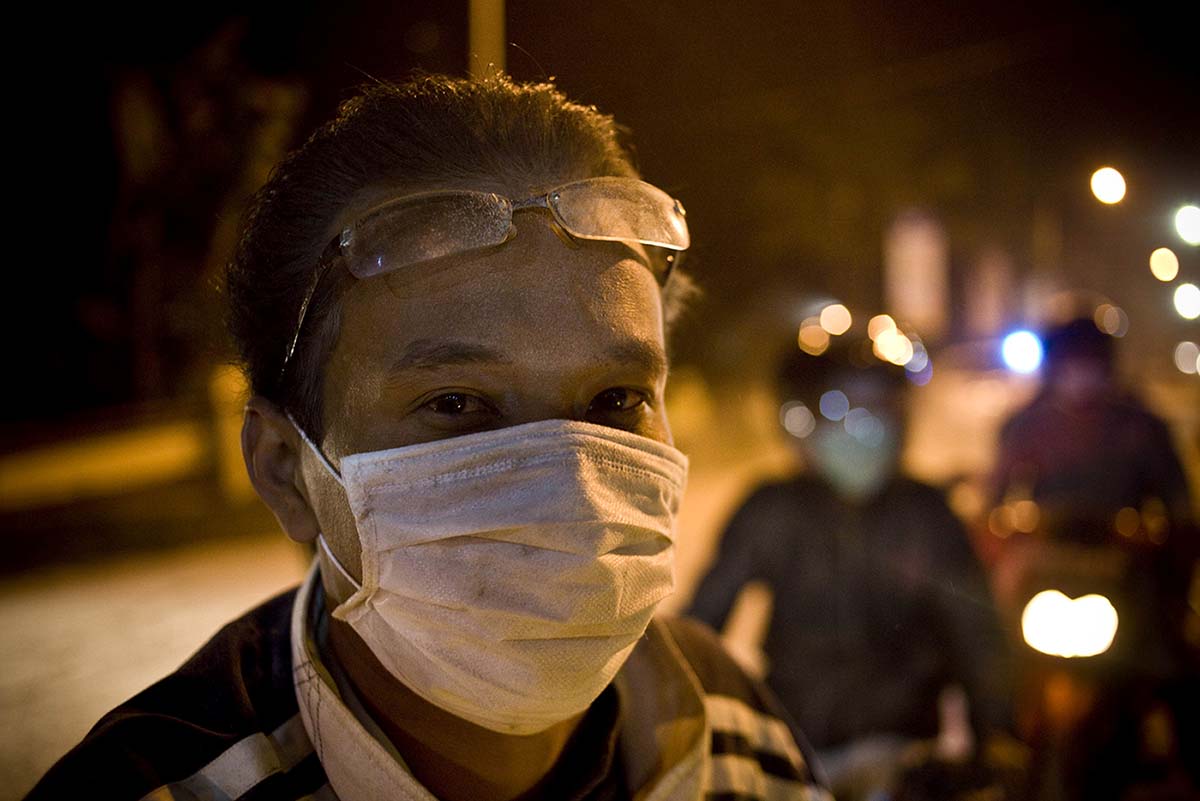- Home
- Science
- Our Work
- Air Pollution
- Agriculture, Farming and Pesticides
- Asthma and other Lung Diseases
- Coronavirus Pandemic (COVID-19)
- Exposure to Chemicals and Dust
- Exposure to Nanomaterials
- Human Exposure
- Neurodegenerative Diseases
- Musculoskeletal Disorders
- Occupational Cancer
- Sustainable Working
- Sustainability and Climate Change
- Stress, Wellbeing and Psychosocial Issues
- COVID-19 IOM Study of Face Coverings in Retail Environments
- Styrene Study
- PROTECT COVID-19 National Core Study
- Firefighters and Cancer – IOM Report
- MORtality Study of Former Professional Footballers in England and Wales (MORSE) Study
- Our Scientists
- Our Expertise
- Nano Material Services
- Development and Management of Data and Information Systems and Services
- Ergonomics Design and Evaluation
- Epidemiological Studies & Methods
- Exposure Assessment
- Health Impact Assessment (HIA) and Risk Assessment
- Policy Evaluations
- Study Design and Statistical Analysis
- Systematic Reviews and Meta-analyses
- Toxicology
- Workplace Cluster of Disease
- IOMLIFET
- IOM Scientists Advocate Tighter Standards for Airborne Dust at Work
- Research Project on Work Related Musculoskeletal Disorders
- Styrene Study
- Firefighters and Cancer – IOM Report
- IOM Library
- Contact our Research Experts
- Our Work
- Occupational Hygiene
- Case Studies
- Air Quality Sensors
- COSHH Assessment
- Dust Exposure
- Environmental Management
- Face Fit Testing
- Hand-Arm Vibration
- Indoor Air Monitoring
- Laboratory Animal Allergens
- Legionella Risk Assessment
- Local Exhaust Ventilation
- Noise Monitoring
- Thermal Exposure Monitoring
- Workplace Exposure Limits (WELs)
- Welding Fumes
- Remote Monitoring Services
- Formaldehyde Exposure Monitoring
- Biological Agent Exposure Monitoring in Waste Management
- Chromium VI
- Occupational Hygiene – Quick Quote
- Lab Services
- Asbestos and other Fibres
- Asbestos Sample Testing
- Asbestos Proficiency Testing
- Dust and Crystalline Silica
- Lead in Paint
- Metals, acid anions, acid gases
- Microbiology
- Pharmaceuticals
- Solvents & Other Organic Chemicals
- Hazard Assessment and Toxicology
- Dustiness Testing of Bulk Powders
- Lab Services Quick Quote
- Training
- Courses
- Face Fit Tester Training – Combined 2-day Course
- Face Fit Tester Training – Day 1 Qualitative Test Method
- Face Fit Tester Training – Day 2 Quantitative Test Method
- One Day Ventilation Maintenance Course
- BOHS Five Day Authorised Person (Ventilation) Course
- BOHS Three Day Competent Person (Ventilation) Course
- BOHS Two Day Competent Person (Ventilation) Refresher Course
- Contact our Training Team
- Courses
- Hospital Ventilation
- Authorising Engineer
- Dentistry Post Lockdown
- Design Review
- Independent Review
- Diathermic pen and Electro surgical tool testing
- Microbiological Monitoring
- Systems Refurbishment and Upgrade
- Validation and Verification Testing
- HSE COVID-19 Spot Check Inspections
- Training
- Contact Our Hospital Ventilation Experts
- Consultancy
- Our Company
- Contact Us

Air Pollution
Air pollution is a major global environmental issue. We are using expert scientific knowledge to establish ways to reduce the exposures to air pollution for all global citizens.
Air pollution is responsible for millions of deaths and disability around the world. Everybody is exposed to air pollution, therefore reducing exposure is a key means of reducing health impacts.
Fine particulate matter has been linked with changes in the body even at low levels. Much of the world population, however, is exposed to high and dangerous levels of particle matter. The impacts are especially being realised in developing country megacities and rural homes.
What our scientists do:
Our scientist’s design interventions to reduce air pollution exposure and this requires careful understanding of the sources of pollution, where, and how, people encounter pollution in their everyday lives.
Using health impact assessments, personal and area exposure monitoring, exposure modelling, and epidemiological studies we can help governments, businesses and citizens be aware of and reduce the effects of air pollution.
We have been a leader in health impact assessment (HIA) for air pollution for over 20 years, both within the UK and internationally.
Today, we continue providing expertise in HIA but have also developed strong research capabilities in air pollution exposure assessment. We lead studies on evaluating the factors that determine people’s personal level exposures to air pollution and how these exposures may impact the body.
Furthermore, we examine how interventions may help reduce exposure to air pollutants. We recently completed a set of unique studies to examine the real-world effectiveness of a variety of face masks in reducing the amount of particulate matter that a person may breathe in.
Key projects
- Air Pollution Impacts on Cardiopulmonary Disease in Beijing (APIC-ESTEE)
- Delhi Air Pollution: Health and Effects (DAPHNE)
- Thailand Air Pollution and Health Impact Assessment (TAPHIA)
Sponsors we have worked for
- National Environment Research Council (NERC)
- Medical Research Council (MRC)
- Scottish Government
- European Commission
- Public Health England
Exposure to PM2.5 is responsible for about 4.5 million deaths.




